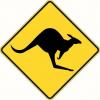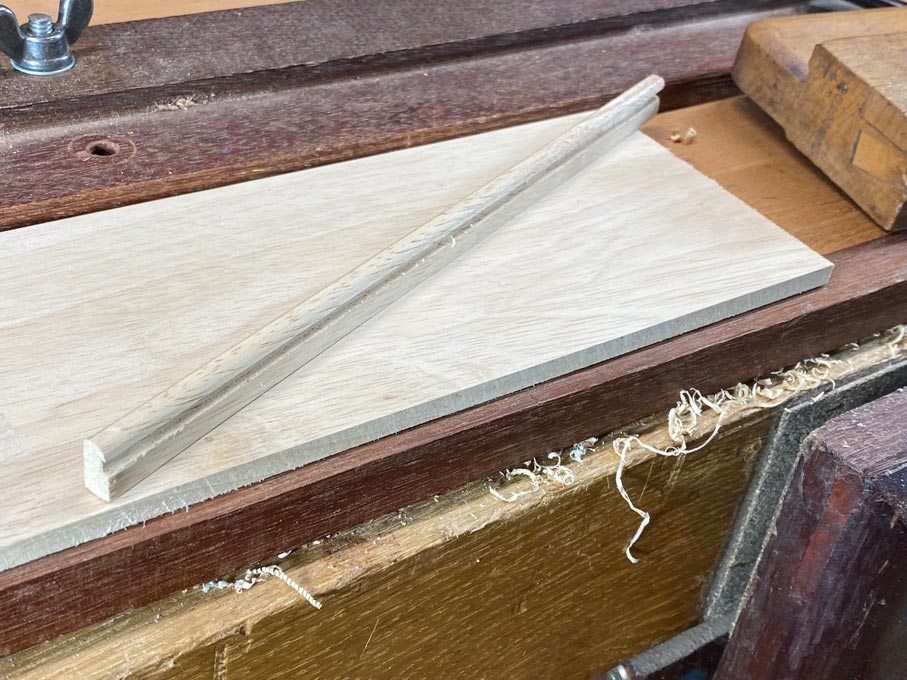Drawer bottoms that is.
I haven't built any casework with drawers yet, but I'm starting in on a dutch tool chest and I plan on putting a drawer (or pair of drawers) in the lower compartment. In the near future I'd like to build a blanket chest with a single drawer in it.
My questions are what methods and tools do you prefer for bottoming drawers? I suppose we could expand that to materials as well. For grooved bottoms there are a couple of plane options for the groove that are made today, but they're pricey. Veritas plow plane for $259 and the Red Rose purpose built drawer bottom plane for $295. Is there another tool that makes will precisely make those grooves? Or a somewhat readily available vintage option that doesn't require lots of futzing to get it working well? Are there other joinery methods for drawer bottoms that are just as durable as a grooved bottom and don't require a specialty tool?
For non-period correct pieces of furniture, what is your go-to material for drawer bottoms? 1/4" ply? Veneered hardboard? Something else? I suppose my biggest priority for this would be long term durability. I'd like what I make to last at least one lifetime, hopefully more.
Thanks in advance for the discussion on bottoms.





 Reply With Quote
Reply With Quote









